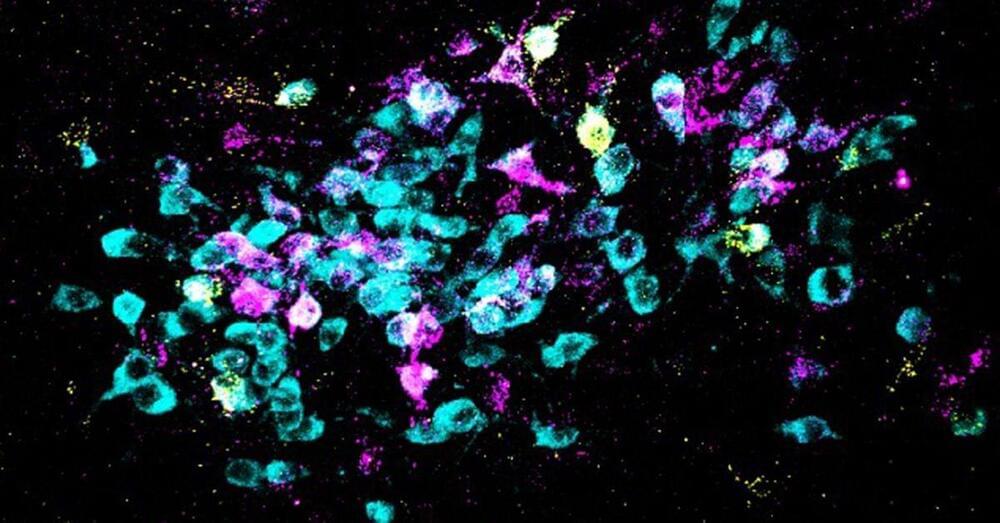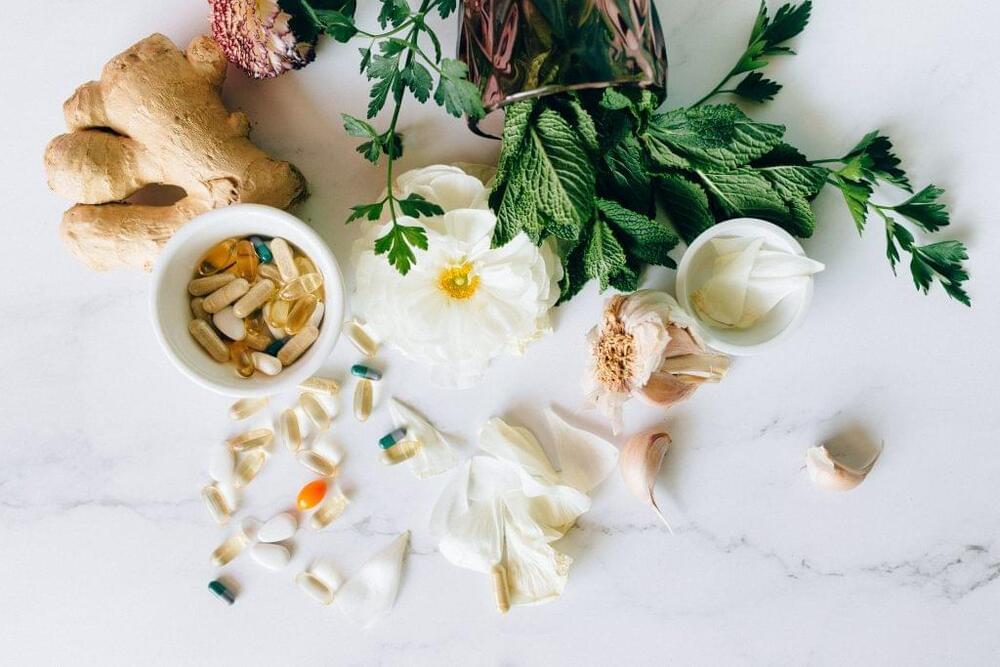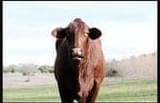Read this fascinating case study on the impact of physical rehabilitation using X-Sens Inertial Technology feedback for Posterior Cerebral Artery Infarcts! 🧠.
Acute ischemic stroke (AIS) affecting the posterior cerebral artery (PCA) represents a unique clinical challenge, necessitating a multifaceted approach to rehabilitation. This review aims to provide a comprehensive overview of physiotherapeutic interventions tailored specifically for individuals with AIS involving the PCA territory. The PCA supplies critical areas of the brain responsible for visual processing, memory, and sensory integration. Consequently, patients with PCA infarcts often exhibit a distinct set of neurological deficits, including visual field disturbances, cognitive impairments, and sensory abnormalities. This case report highlights evidence-based physiotherapy strategies that encompass a spectrum of interventions, ranging from early mobilization and motor training to sensory reintegration and cognitive rehabilitation.






